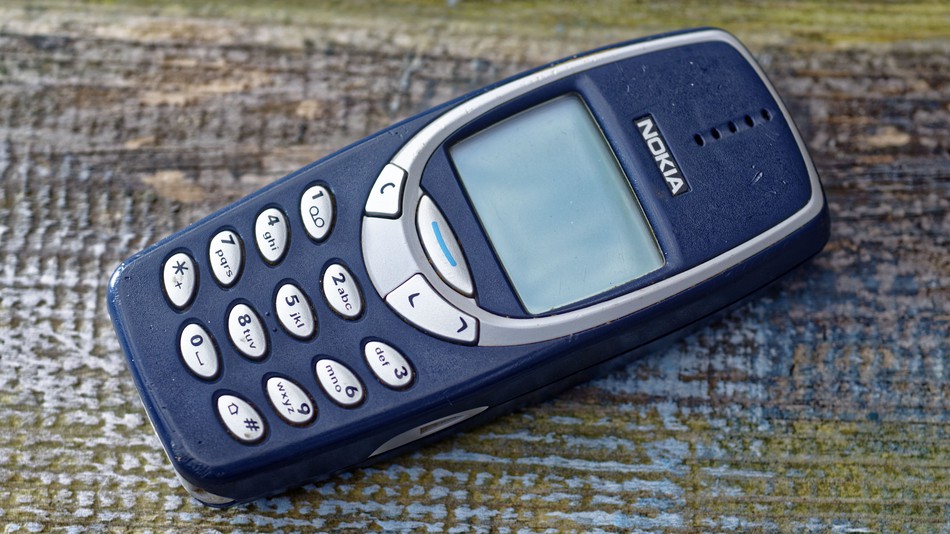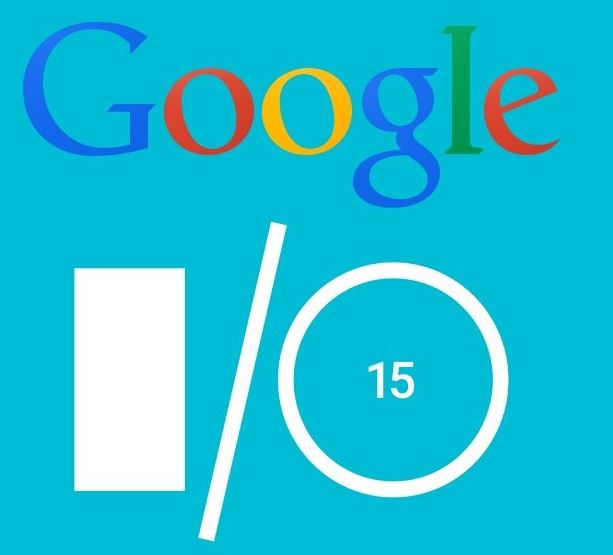Resurrected
Nokia 3310 Makes a Comeback
Mobile World Congress is in full swing in Barcelona this week. Strangely enough, the most popular device is far from being the smartest or most innovative, instead it is all about nostalgia. Yes, Nokia 3310 holds the spotlight once more, 17 years after its original release. If I asked you to close your eyes and […]


